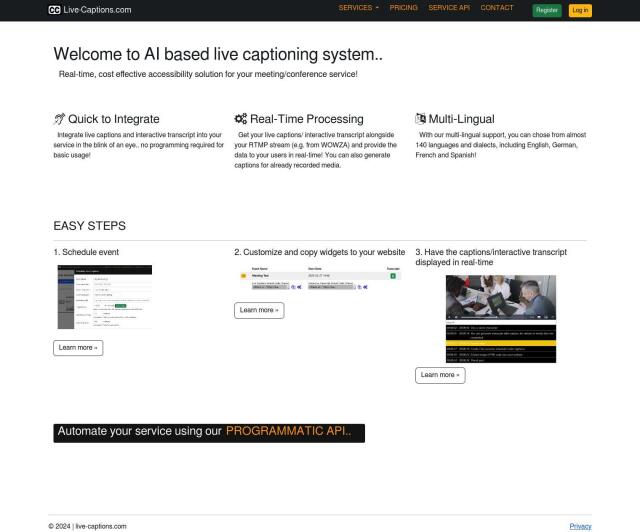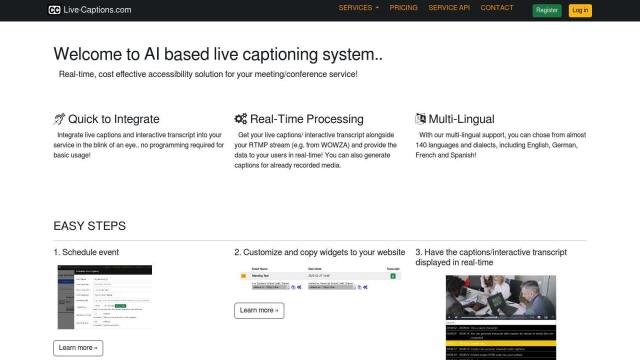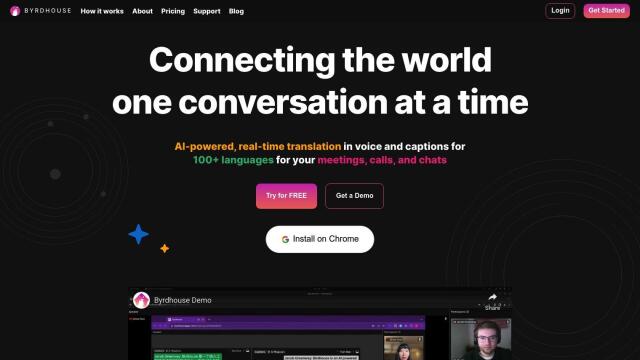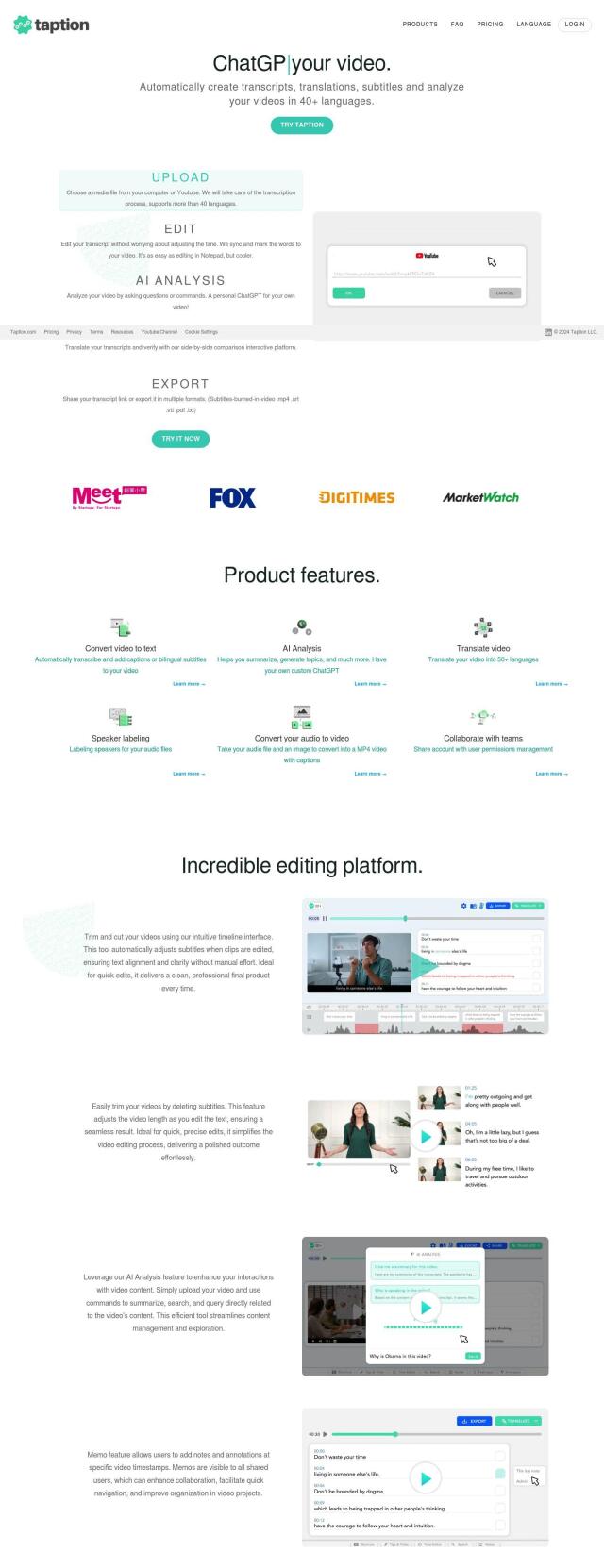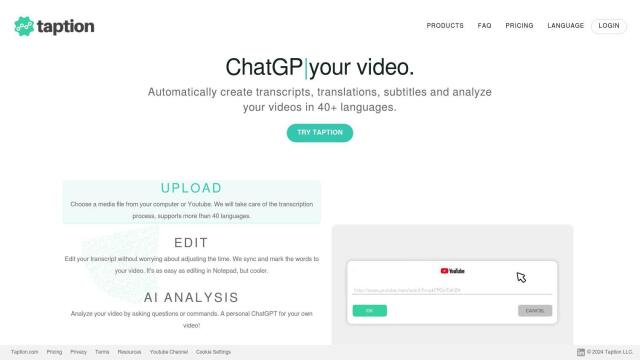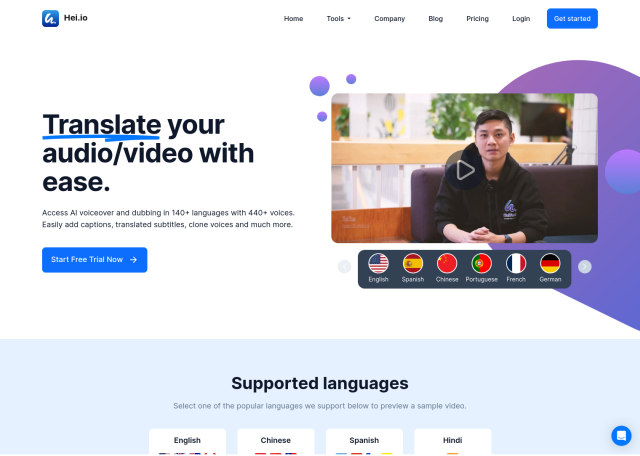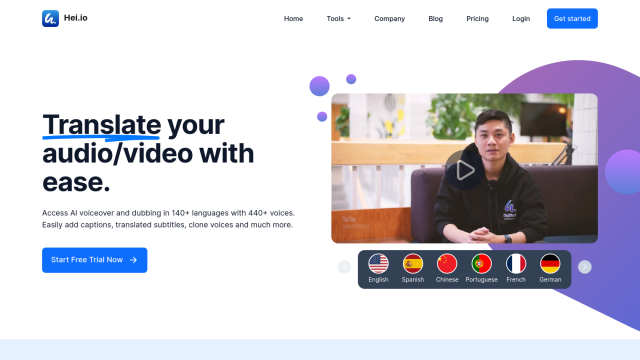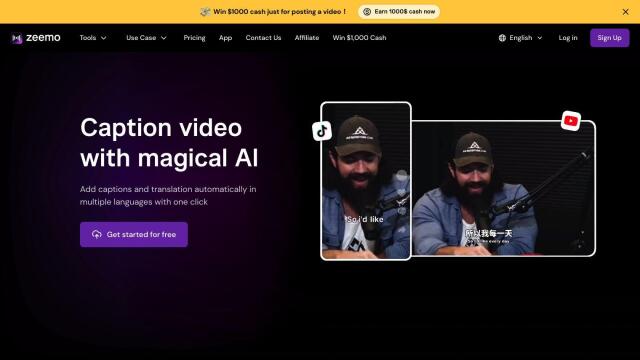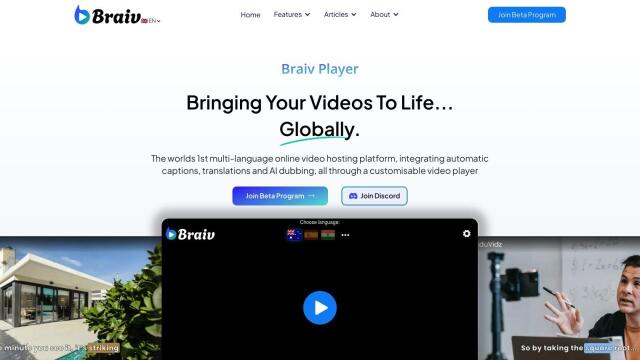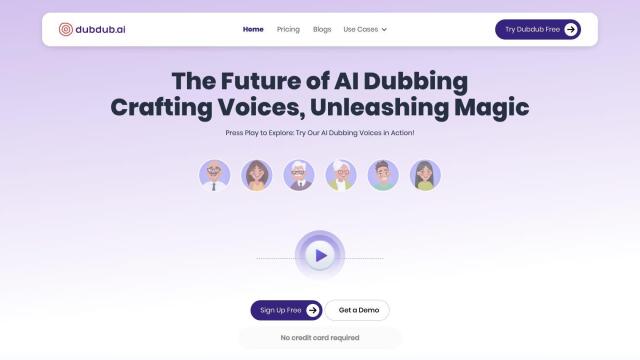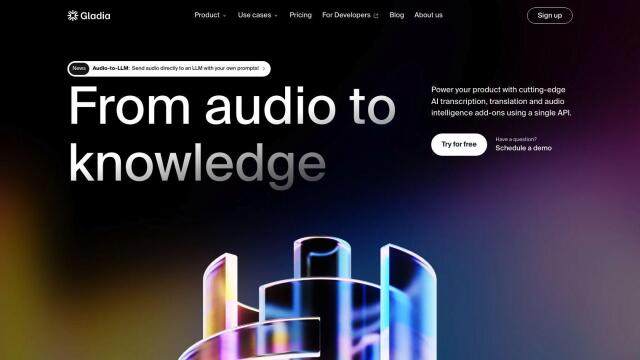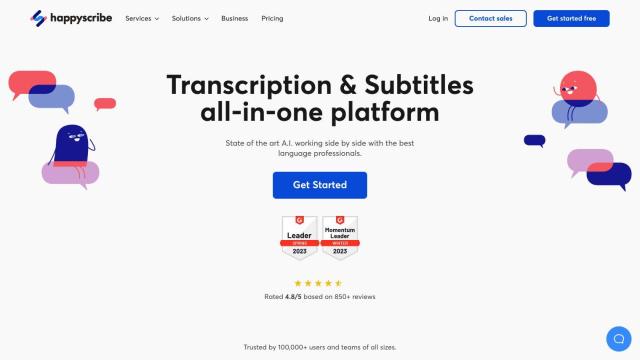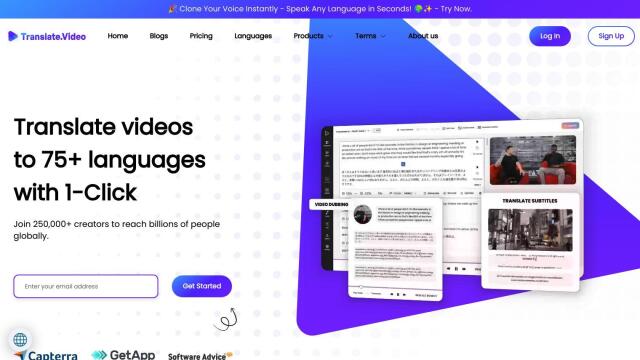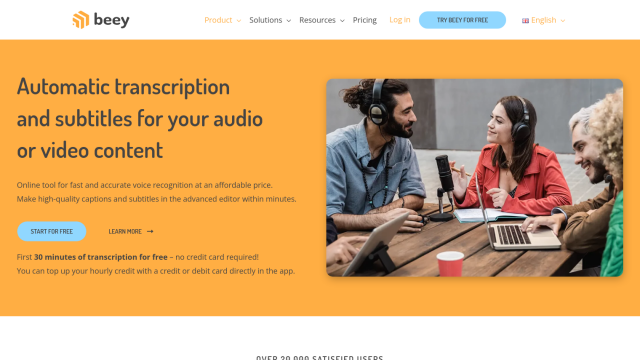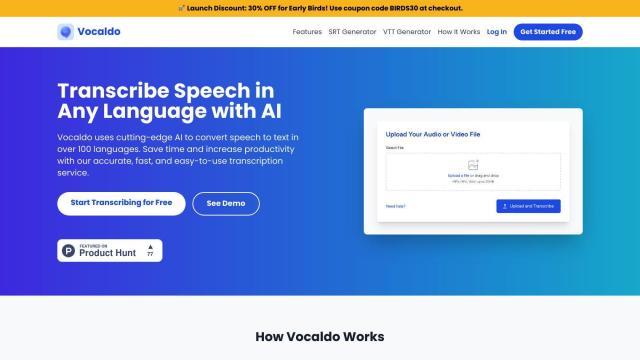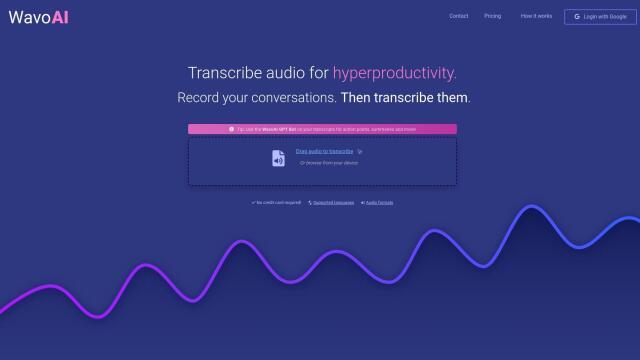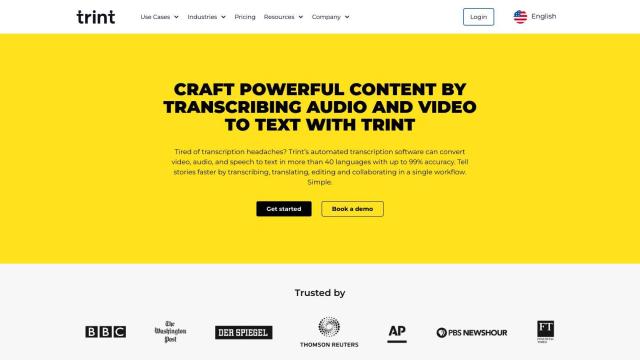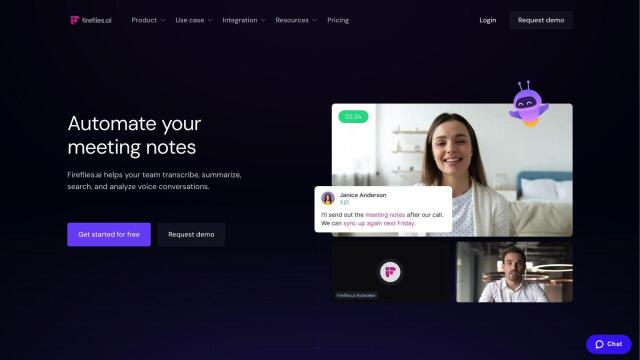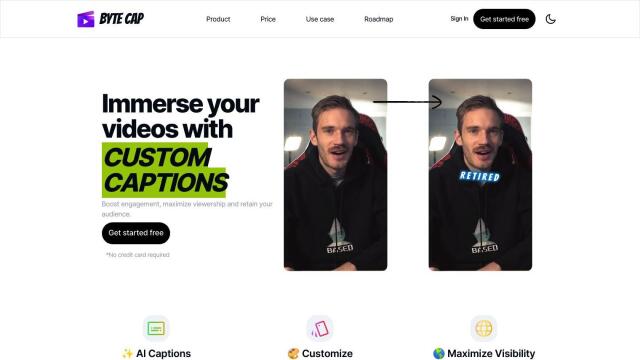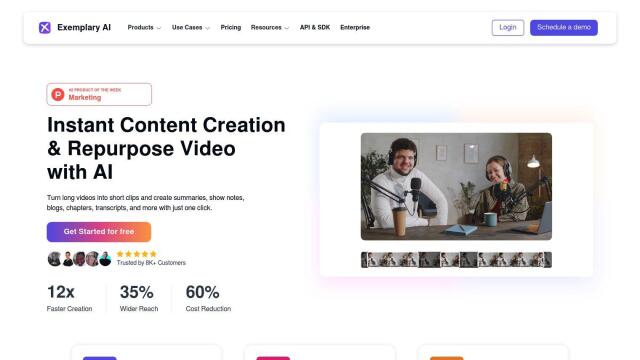Question: I'm looking for a solution that helps Deaf and hard-of-hearing individuals communicate more easily in personal and professional settings.

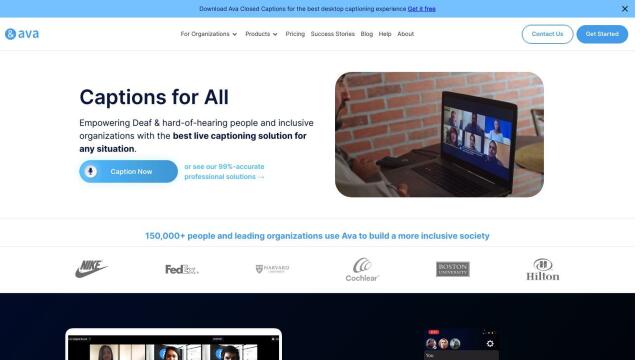
Ava
If you're looking for a way to help people who are Deaf or hard of hearing communicate better, Ava is a top contender. Ava offers live captioning and transcription of videoconferences and in-person meetings, using AI and human captioners. It works on Windows, Mac, Android and iOS, so it can be used in a variety of settings like education, health care and retail. Ava also supports ADA requirements with features like multilingual translation, offline mode and customizable workflows.

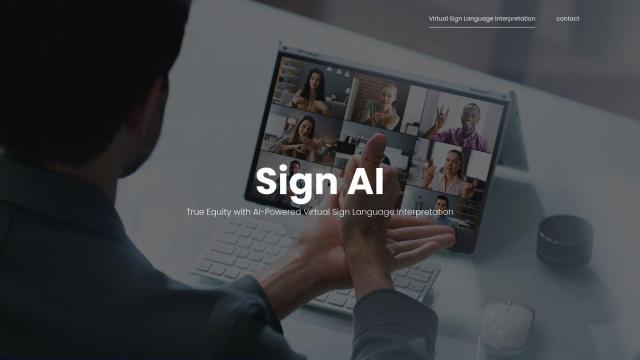
Sign AI
Another good option is Sign AI, an AI-powered virtual sign language interpreter. The system offers two-way communication in real time through a virtual avatar that translates sign language into spoken words. It works with common meeting tools and can be accessed on personal computers and mobile devices. The service is designed for global availability and high availability, so it can be used in personal and professional situations.

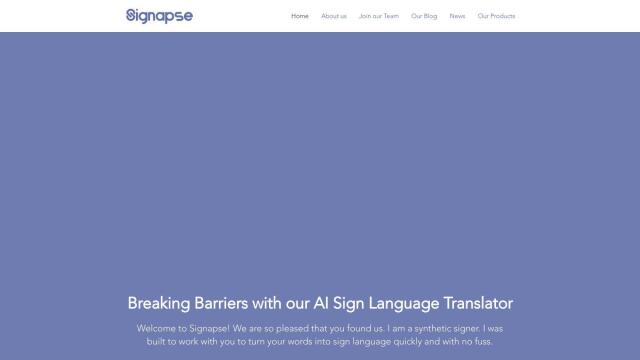
Signapse
For automatic sign language translation, Signapse has a different approach. It uses Generative Adversarial Networks (GANs) to create highly accurate and realistic sign language videos. Signapse translates written text on websites into sign language and automatically adds signed translations to videos. The technology can improve accessibility in public areas and video content.

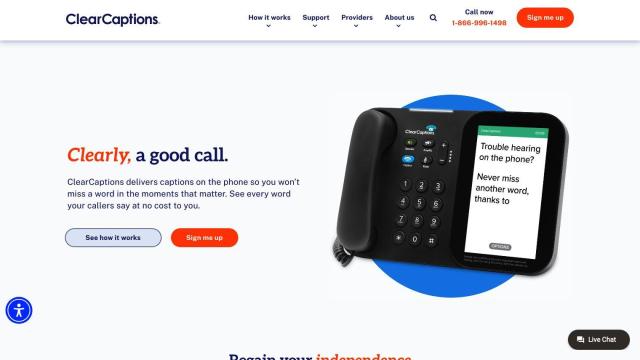
ClearCaptions
Last, ClearCaptions offers near real-time call captioning on phones so people with hearing loss can communicate better over the phone. The service is free for eligible customers and works on multiple devices, so it's a good option for people who want to maintain their independence when making phone calls. ClearCaptions also protects user privacy and complies with FCC confidentiality requirements.
